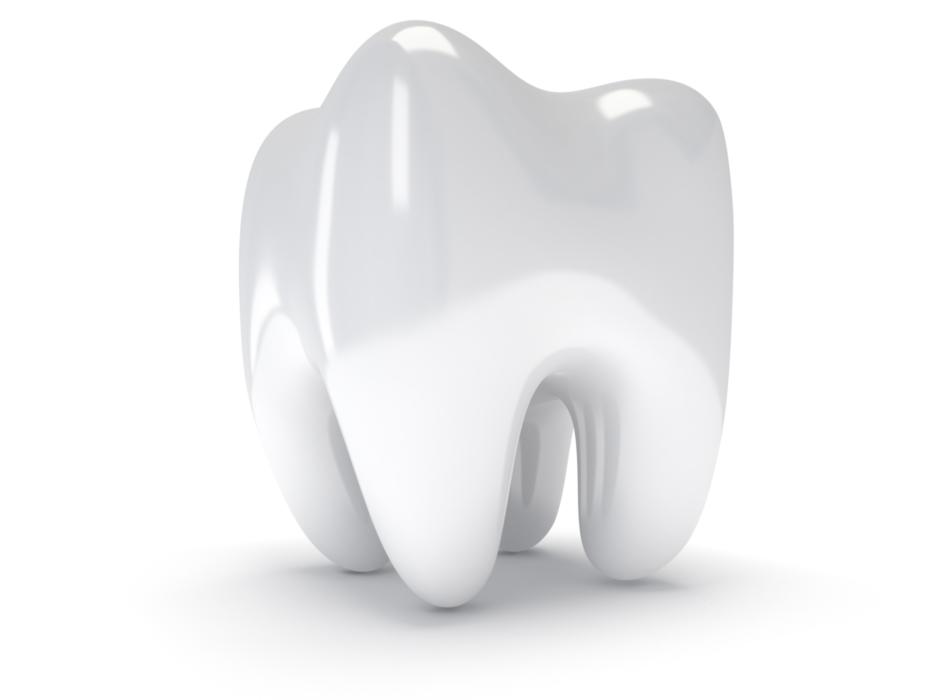 After filling the tooth with a rubberlike dental material, the cavity must be fully closed. Closing the cavity and restoring the tooth serves a number of purposes. It protects the tooth from outside influences that could result in infection in the future. Restorations are typically immediately placed after endodontic treatment to prevent any chance of contamination that could result in infection or otherwise compromise the tooth.
After filling the tooth with a rubberlike dental material, the cavity must be fully closed. Closing the cavity and restoring the tooth serves a number of purposes. It protects the tooth from outside influences that could result in infection in the future. Restorations are typically immediately placed after endodontic treatment to prevent any chance of contamination that could result in infection or otherwise compromise the tooth.
It will also allow the tooth to function normally – so that it can chew, grind and bite. The end restoration is also responsible for restoring the tooth’s natural appearance.
Depending on the circumstances, a tooth can be restored using either a filling or a crown. A filling would be appropriate in the case that the access hole required to perform the root canal is relatively small.
Many teeth that must undergo endodontic treatment are affected by advanced decay or extensive injury prior to treatment, leaving large holes in the tooth that must be sealed and closed after root canal therapy is completed. To achieve this, a crown may be necessary.
A crown is a “cap” that covers the prepared tooth and restores the tooth to a natural appearance. A crown can be made from materials like metal, porcelain-fused-to-metal, or ceramic. The right material for you will largely depend on where the tooth is located in your mouth, your aesthetic preferences, and cost.